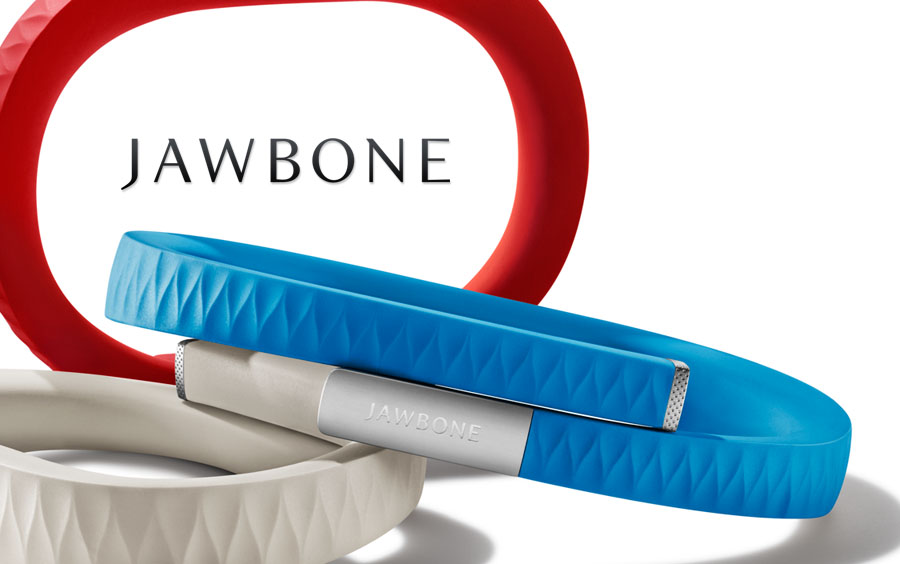
Much of the appeal of activity trackers that makes them effective tools in increasing personal fitness comes from their making it into a game, and from the social dimension of sharing via social media and resulting rivalry. There are collar-mounted activity trackers for dogs. Numerous companies have also released devices in the form of a ring that leverage the capillaries in the finger. Įarbuds and headphones are a better location for measuring some data, including core body temperature Valencell has developed sensor technology for new activity trackers that take their readings at the ear rather than the wrist, arm, or waist. Other activity trackers are intended to monitor vital signs in the elderly, epileptics, and people with sleep disorders and alert a caregiver to a problem. In the US, BodyMedia has developed a disposable activity tracker to be worn for a week, which is aimed at medical and insurance providers and employers seeking to measure employees' fitness, and Jawbone's UP for Groups aggregates and anonymizes data from the company's wearable activity trackers and apps for employers. The Apple Watch and some other smart watches offer fitness tracker functions. In addition, logging apps exist for smartphones and Facebook the Nike+ system now works without the shoe sensor, through the GPS unit in the phone. Apple and Nike together developed the Nike+iPod, a sensor-equipped shoe that worked with an iPod Nano. Early versions such as the original Fitbit (2009), were worn clipped to the waist formats have since diversified to include wristbands and armbands ( smart bands) and smaller devices that can be clipped wherever preferred. Some newer models approach the US definition of a Class II medical monitor, and some manufacturers hope to eventually make them capable of alerting to a medical problem, although FDA approval would be required. Wearable fitness tracking devices, including wireless heart rate monitoring that integrated with commercial-grade fitness equipment found in gyms, were available in consumer-grade electronics by at least the early 2000s.Įlectronic activity trackers are fundamentally upgraded versions of pedometers in addition to counting steps, they use accelerometers and altimeters to calculate mileage, graph overall physical activity, calculate calorie expenditure, and in some cases also monitor and graph heart rate and quality of sleep. Wearable heart rate monitors for athletes were available in 1981. Early examples include wristwatch-sized bicycle computers that monitored speed, duration, distance, etc., available at least by the early 1990s. Improvements in technology in the late 20th and early 21st century allow automating the monitoring and recording of fitness activities and integrating them into more easily worn equipment.

The concept grew out of written logs that led to spreadsheet-style computer logs in which entries were made manually, such as that provided in the US by the President's Council on Physical Fitness and Sports as part of The President's Challenge.

The term "activity trackers" now primarily refers to wearable devices that monitor and record a person's fitness activity.


Sleep tracker devices have a tendency to underdetect wakefulness. Some evidence has found that the use of these type of devices results in less weight loss rather than more. There are also independent mobile and Facebook apps. The term is now primarily used for smartwatches that are synced, in many cases wirelessly, to a computer or smartphone for long-term data tracking. An activity tracker, also known as a fitness tracker, is a device or application for monitoring and tracking fitness-related metrics such as distance walked or run, calorie consumption, and in some cases heartbeat.


 0 kommentar(er)
0 kommentar(er)
